Creating a World-Class Remote Onboarding Plan
The pandemic has caused change and disruption for every organization in the world, good and bad. While some industries (e.g., food retail, pharmaceuticals, communications equipment and on-line retailers) saw increased demand, other sectors (e.g., clothing, furniture and appliance retail, food service, manufacturing and oil/gas) saw declines. As a result of the scope and impact of change and disruption our clients experienced, we realized we needed to provide proactive, creative remote onboarding solutions to adapt to and endure these challenges. We made it our mission to be an extension of the HR and IT bench to drive increased agility and resiliency with the employee experience and organizational goals in mind.
As the world shifted, we shifted and focused on smaller frequent meetings with our entire client base to understand this year’s impact on their bottom line, employee experience and how they now measure success in our current environment. We asked them to share their current challenges and bright spots in their processes and the perspectives from their new hires, rehires, employees and managers regarding their strategies and whether or not they were meeting their changing needs.
We learned that many organizations were challenged to adapt their standard lifecycle events such as family leave, policy acknowledgments, offboarding and onboarding of new hires in a remote environment through our conversations. As a result, we also realized that it’s the little things that make a big difference when adapting traditional processes or strategies to fit remote or hybrid employee experiences. With this insight, we provided consultation and guidance on the crucial elements of a world-class onboarding experience that can be shifted slightly for a remote environment to drive a significant impact.
One might be thinking of onboarding in a traditional sense, by getting a new hire to fill out their paperwork before the first day to “hit the floor” running. World-class onboarding, especially in today’s digital environment, is different. It’s bigger. It’s more intentional. While it includes all of the elements of a traditional onboarding experience, it places a higher emphasis on deliberate, personal touches and connections that significantly impact the business. While it may seem like a small nuance, its importance cannot be overlooked. This blog post will outline how to apply the principles of world-class onboarding to a remote onboarding experience.
Groundwork
To effectively lay the groundwork for world-class onboarding, it’s essential to ensure your organization incorporates a foundation that helps assess your program’s objectives, content, experience and execution. The following four elements illustrate the key pillars that embody best-in-class programs that are intentional in their design:
- Design philosophy is how an organization defines onboarding, its scope across the employee life cycle and what objectives and outcomes it seeks to accomplish.
- Core content addresses the substance of various dimensions included in an organization’s onboarding program. The most effective and mature organizations will deliver customized and/or contextual content to different new hire segments at the appropriate time in their new hire journey to complement other organizational activities and processes.
- Delivery approach encompasses “how” new hires experience the onboarding program. Best-in-class organizations deliver onboarding content through various mediums (such as speakers, buddy programs, self-directed learning, gamification, etc.) that yield an effective, engaging experience for new hires.
- Program governance entails the structure and mechanisms put in place to manage and execute the onboarding program. It assesses to what extent onboarding is aligned to or integrated with other talent management processes to drive a seamless transition from hire to onboard and development. It also outlines ownership and cross-functional input of the onboarding experience within the organization.
Build
After laying the groundwork, your organization can begin to lay the foundation and construct the pillars of world-class onboarding. First, segment out the phases that allow the new hire and their manager to go through all of the firsts a new hire is to experience during their first year, such as the following recommend phases:
- Prepare phase – from when an offer is accepted to Day 1
- Orient phase – from the first few days/weeks on the job
- Integrate phase – from 2 weeks on the job and up to the 6-month mark
- Excel phase – from the 6-month mark to 1st year anniversary
Next, incorporate the 5 Key Pillars that embody best-in-class programs, which go beyond the new hire process to provide what it’s like to work at a forward-thinking organization.
- Cultural Mastery – Design specific exchanges, orientation and coaching to help the new hire understand how to thrive within the company culture and their team culture, recognizing that there might be some differences there. This creates a more cohesive experience that deepens the connection a new hire feels to the organization and its people. This will have to be very intentionally coordinated for a remote hire as we don’t ‘happen upon’ each other as we used to.
- Interpersonal Network Development – Focus on designing experiences and activities that help new hires make connections with other stakeholders in the organization, both internal and external. These connections can be cross-functional or mentorship-oriented or more personal, like a buddy to ensure they understand the organization, how work gets accomplished and how to navigate within it.
- Career Support – Providing career support early in the new hire experience is crucial to new hire success and retention. An intentionally designed experience includes goal and expectation setting, feedback and regular check-ins with their manager. As time progresses, stretch assignments or cross-functional projects may enhance a new hire’s understanding of the organization and their contribution to its strategy and goals. Acknowledge early successes, so they start to see progress and create excitement about their future. This effort creates more stickiness around what their long-term career could look like at your organization.
- Strategy Immersion & Direction – Help your new hires understand how their role connects to the businesses and the overall mission. Make connections between their day-to-day work and how it drives strategy and business outcomes. It helps drive more productivity. This alignment creates a tangible return from your investment in onboarding and why it’s a strategic lever.
- Job Skills, Learning or Training – Illustrate a commitment to learning and development early by delivering targeted content to the right person at the right time to enable new hires to acquire the desired job skills that will speed up their productivity and contribution. This helps to set the tone around the organization’s focus and emphasis on continuous development.
When applying the groundwork and key pillars of world-class onboarding to a remote onboarding experience, it’s crucial to turn up the dial on the frequency and intention behind fostering relationships, providing feedback and communication and driving alignment to goals, etc. While organizations should seek to leverage automation when and wherever possible, the inclusion of interpersonal engagement throughout the remote new hire experience is the fundamental driver that determines retention in the short and long term. In a remote environment, organizations need to orchestrate introductions to stakeholders, clearly define, design and deliver on strategy immersion, ensure check-ins are instituted regularly between employees and managers and connect them to buddies or employee resource groups. Doing so ensures new hires understand their place, path and purpose within an organization when they’ve likely never walked the halls, eaten lunch in a cafeteria or attended an in-person meeting.
The traditional adage that new hires determine whether they’ll stay at an organization occurs within their first 90 days is more accurate now than it’s ever been. Organizations have a genuine, tangible opportunity to consider the design, delivery and impact of their remote onboarding strategy to drive new hire retention, engagement and contribution. Evaluating your approach to remote onboarding lends itself to a comprehensive strategy that drives agility and resiliency in the face of change and disruption and can be applied to all employee life cycle events such as offboarding, alumni, family leave, etc.
For more information about remote onboarding, check out a recent on-demand webinar: Remote Onboarding Spotlight Webinar
[Editor’s Note: Today’s blog post comes from Mimi Jerkan, a Senior Director of Strategy & Transformation at Rival, formerly SilkRoad Technology.]



















